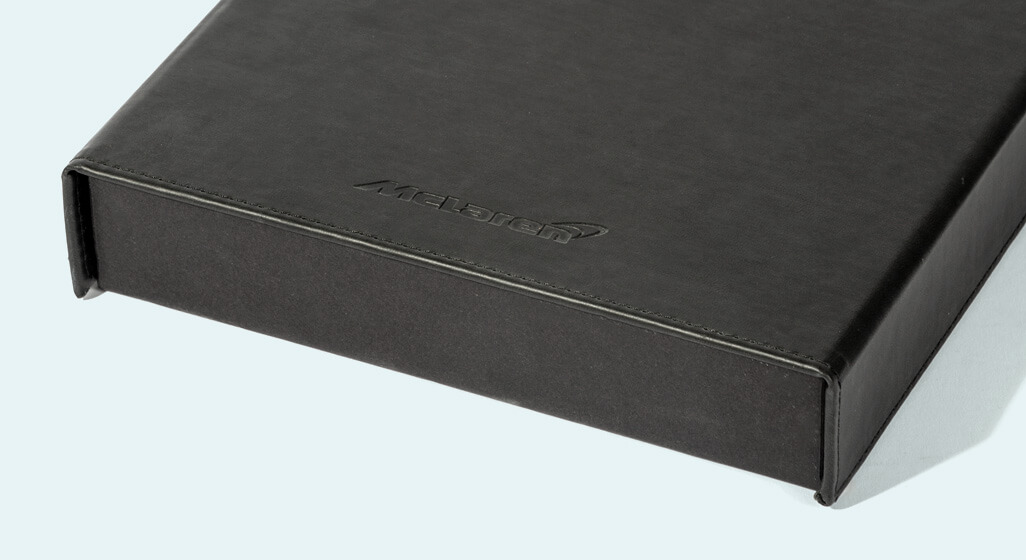Customisations
Protection is not the only reason to have packaging, it also provides the perfect opportunity to impress your clients. We have different options for luxury and functional packaging.

Offset and Flexo
CMYK printing is the most prevalent form of packaging printing, and printing offset onto 350gsm card stock is the standard for shelf ready packaging, seen in every retail environment.
On larger runs, parent sheets are printed before either being laminated, UV varnished or left bare. These sheets are then die cut, folded and glued to make finished cartons.
Offset printing in packaging is only suited to thinner cards, and thus light packaging, which is more for show and light protection.
Digital
In recent years, the digital revolution has meant that lower runs of boxes can be printed without the expensive set-up costs involved with Offset and Flexo printing. Digital printing with HP Indigo printers and their equivalents means that card cartons can be made with individual personalisations, such as a different name on each box.
On corrugated boxes, which is the material our mailers are made from, digital printing brings the cost of customisation down on orders of a few hundred. It is only in the last couple of years that this technology has come available, and we want you to take full advantage of it!


Foiling
Aside from printing techniques, more traditional forms are available such as foiling, in lots of different colours, shades, textures and sheens.
On larger quantities the foiling process is similar to offset, where parent sheets are passed through a machine overprinting the foil onto the paper. On smaller quantities we may utilise our hand foiling machines, the ones we use for our notebooks. This is best suited to logos and designs of a smaller surface area.
Embossing and Debossing
Made by heating up a metal die which is then impressed into card or paper, embossing and debossing leaves either a raised part of the card, or a trough. This gives an interesting feel to an otherwise flat surface.
On larger quantities parent sheets are passed through a machine which, usually with a rotary die, impress the sheets. On smaller quantities we may utilise our hand debossing machines, though as with foil this is only really suited to designs with a smaller surface area.

